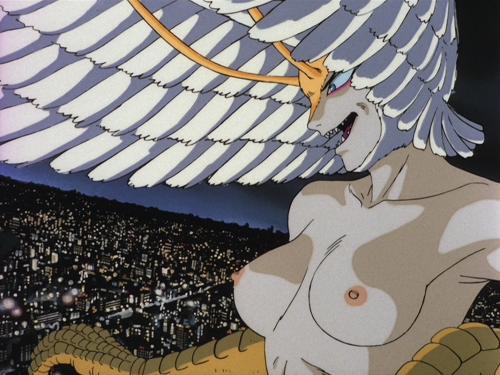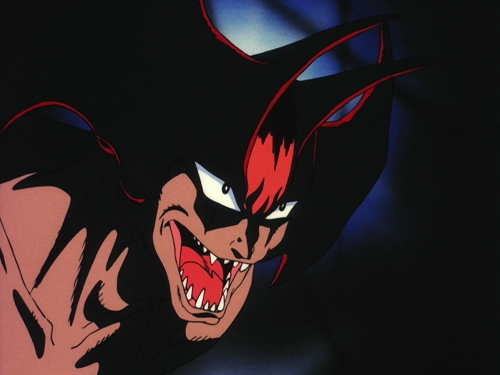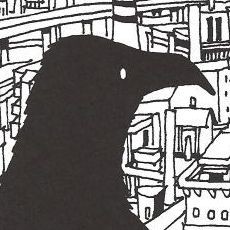A belated new year’s resolution for me is to publish more posts this year than last, but rather than try to come up with a bunch of boring editorials, I went through MyAnimeList and picked out twelve anime that I want to try and write about, bringing me first to Devilman (both The Birth (1987) and The Demon Bird (1990) episodes,) the closest that anime has come to replicating the feel of an H.P. Lovecraft story, that of aeons-old demons and lost civilisations.
Like one of Lovecraft’s most famous stories, it even begins with an ill-fated scientific expedition into a distant mountain range. The children of those scientists, Akira and (the totally insane) Ryou, are the protagonists, with Ryou leading Akira towards his fate as Devilman, mankind’s only opposition to the hordes of demons hell-bent on reclaiming Earth for their own. There’s nothing remarkable about that premise and there are dozens of other stories just like it, but Devilman has some fascinating, deeper hues to it than most.
My fascination begins with the demons themselves, because they have names, like Kaimu, Siren and Amon. Amon is the demon that joins with Akira to become Devilman, and although we never see him, the other demons speak of Amon as though he were one of their best. The beautiful, prideful Siren is a half-woman, half-griffin-like creature who, whilst clearly petrified by Devilman, fights him anyway. Everything like that, from their names, to the way they move, their conversations and cries of pain, speaks of a fascinating other world. There is something tragic and desperate about them too, their own chaotic, Darwinian reality lost to Man’s sprawling, ordered metropolis.
That they are born from nature is an important distinction to make because the feelings of anger and tragedy that pervade Siren’s battle against Devilman are like that of an extinct animal trying to claw back some pride for her lost species. Like any other child born of nature, they are animals, and to beat them, Akira must come to terms with his own animalism.

At first I figured that Devilman, in some way, portrayed a fear of women, because there’s a lot of violent vulvic imagery going on here, but when Akira and Ryou visit a nightclub, it became clearer that it’s more about his transition from child to adult and all of the anxiety that brings. Akira and Ryou are leaving behind their world of order, that of high school, for a world of chaos, that of adults and sex.
When Akira says, “Let’s go, Enma! Open the gates of Hell!” Ryou opens the door to an underground rave, filled with drunk clubbers. He says, “A demon can possess any living creature, but humans have one power that the demons abhor. The power of reason. This is the thing they hate. Demons must satisfy their instincts.” Instincts meaning sex, of course. At which point, Akira is dragged off to the dance floor by some girl and Ryou starts glassing people.

Akira then merges with Amon to become Devilman, but we never actually see or hear Amon, Akira just changes from within. His body becomes fitter, his attitude more assured and his sex drive more pronounced. In other words, he becomes an adult man. None of his transition is cast in a positive light, it’s grotesque and violent and nasty. Akira doesn’t want to become Devilman, but his body will hear no protest, and like it or not, he has to grow up, accept the world’s indifference to his plight and fight.
(One last note just to say that there’s still a hell of a lot more to Devilman than just this, and not least of all the second half of the manga, which delves into some truly dark, apocalyptic material. Basically, watch the anime and read the manga, it’s some of the rawest, most creative horror to come out of Japan.)

Leave a Reply